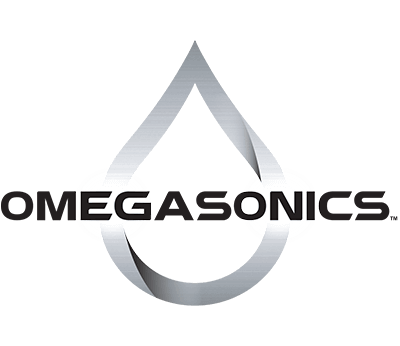There’s no doubt that ultrasonic cleaning is the most effective method of removing a variety of contaminants from a variety of materials, but to get parts their cleanest, the right combination of time, temperature, and cleaning detergent is required.
The type of detergent has perhaps the biggest effect on the result, so understanding the part to be cleaned and the nature of the contaminant is critical. The good news is that most of the detergents used for ultrasonic cleaning are safe for humans and the environment, so you don’t have to choose part cleanliness over safety.
Listed here are some of the types of detergents available for ultrasonic cleaners, along with the forms of contaminants they best remove, and the materials they are best removed from.
General use soaps – General use detergents are designed to remove a number of contaminants from metals, plastics, and fabrics, depending on their particular formulation. General purpose metal cleaners will remove oil, grease, and carbon deposits, while those used for plastics and fabric will not normally remove oil-based deposits from those surfaces. These tend to be high alkaline cleaning agents.
Descalers – Descaling detergents are designed to clean metals that are laden with corrosion, rust, hard mineral deposits, or heat scale. These types of detergents work effectively in ultrasonic cleaning systems, and are ideal for restoring parts that have been in service in hard water or high-humidity environments. Descalers are always in the acidic pH range, though organic acids are recommended for personnel safety whenever possible.
Enzymatic Detergents – Detergents that use enzymes to degrease parts are more effective than general purpose soaps for removing oils and grease from parts, and are designed where fine oil removal or heavily-oiled surfaces must be cleaned to oil-free conditions. They are ideal for stainless steel, aluminum, brass, and titanium, are non-bacterial, and 100 percent organic.
Low pH Cleaners – Low pH, or acidic cleaners, come in a number of formulations to accomplish a variety of ultrasonic cleaning tasks. Some are designed specifically to remove solder flux residue and clean electronic parts, while others will polish brass instruments and fine heirlooms; others, like citrus-based cleaners, will clean and protect metals from the effects of chemicals. When choosing a detergent in this category, you should carefully consider the type of part to be cleaned, since some stronger solutions may damage certain types of materials, particularly aluminum, copper, and brass.
Specialty Detergents – There are a number of specialty cleaners designed for use in ultrasonic cleaning applications, formulated to work on specific contaminants like smoke, soot, and odors on a number of different materials. Again, careful consideration is required when choosing these products, although they will work very effectively when used in the right applications.
You can find a detergent for your ultrasonic cleaner that will do the thorough cleaning job you need it to do, but understanding the applications for the cleaner, as well as the part and particular contaminant you want to remove, is critical to find that effective combination. Working with your ultrasonic cleaning consultant, who is knowledgeable about all of these products, can help you to choose the right detergent for the cleaning needs you have.
Contact us for more information on ultrasonic cleaners. You can also find us on LinkedIn and Twitter.
